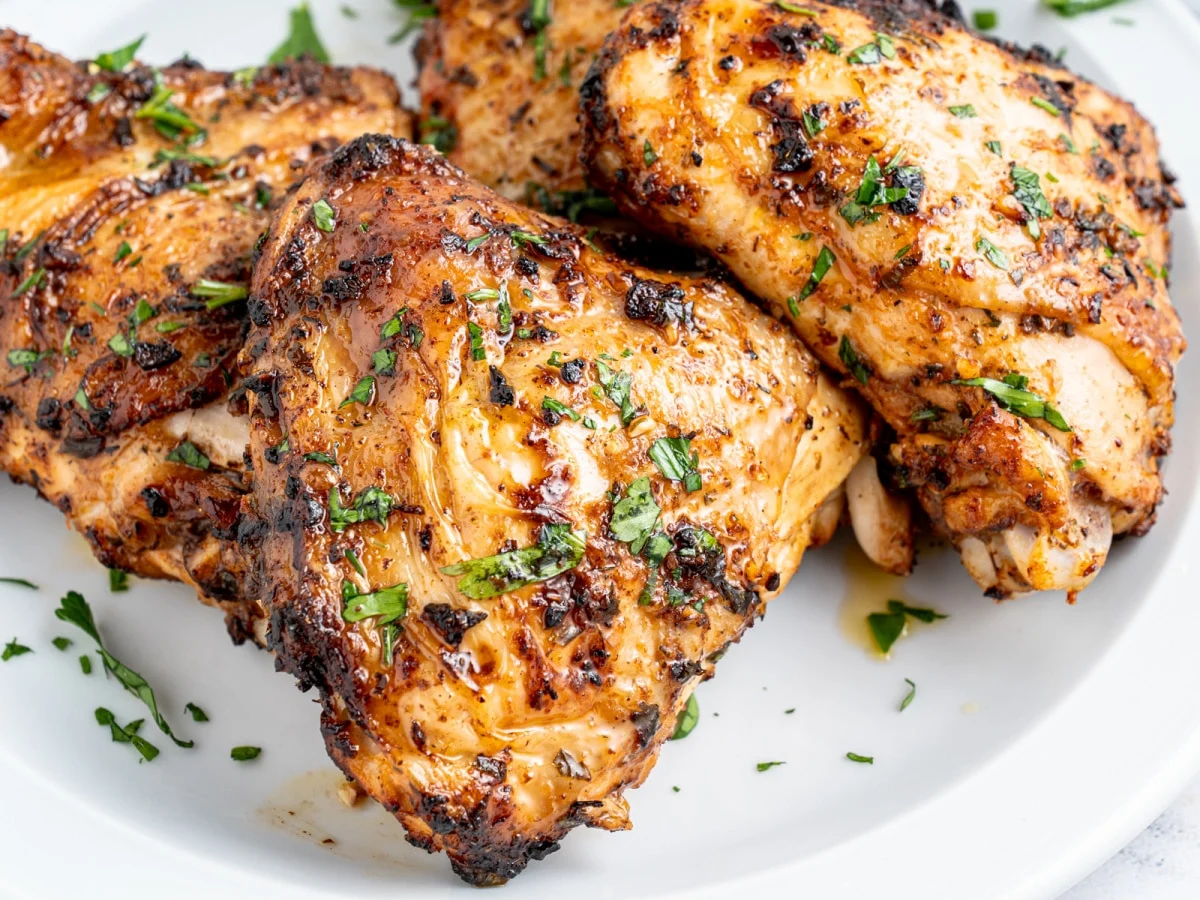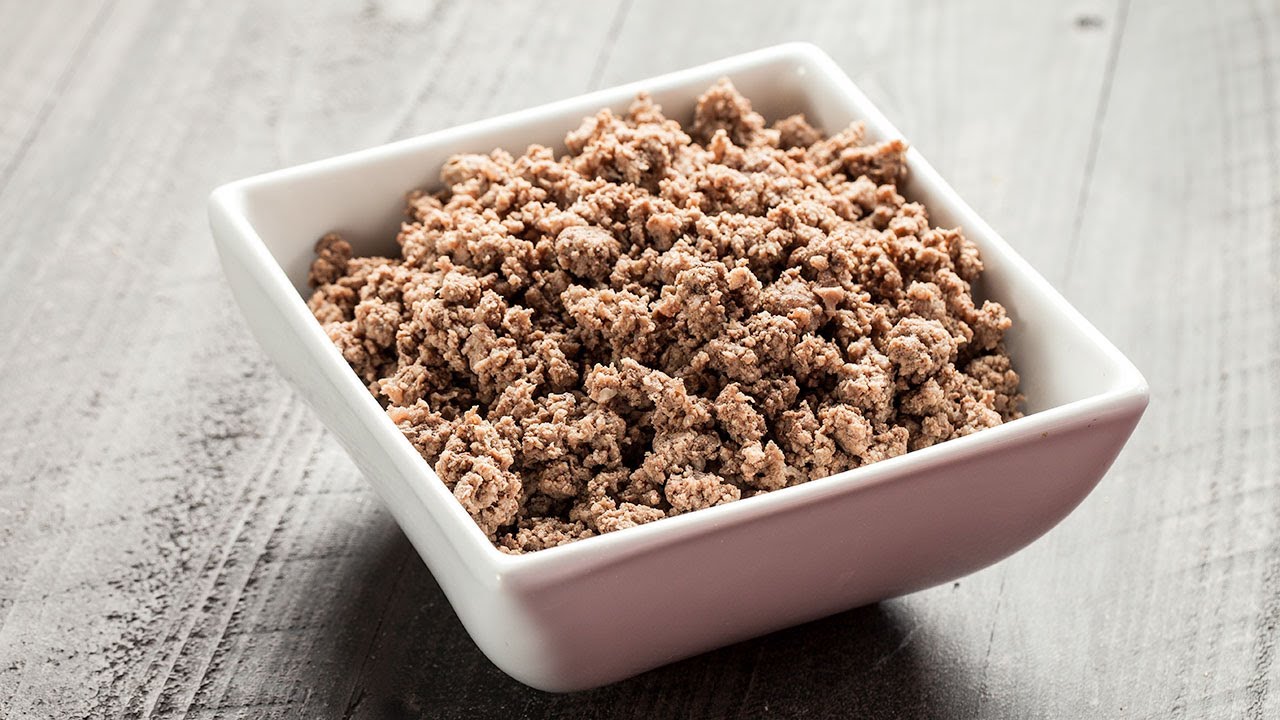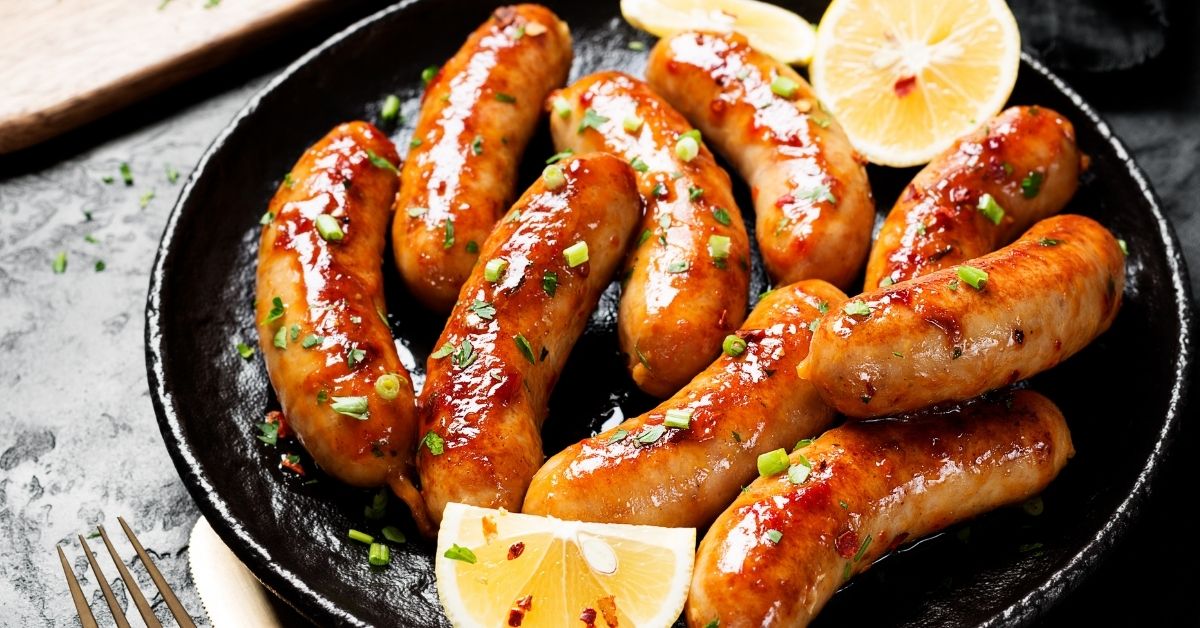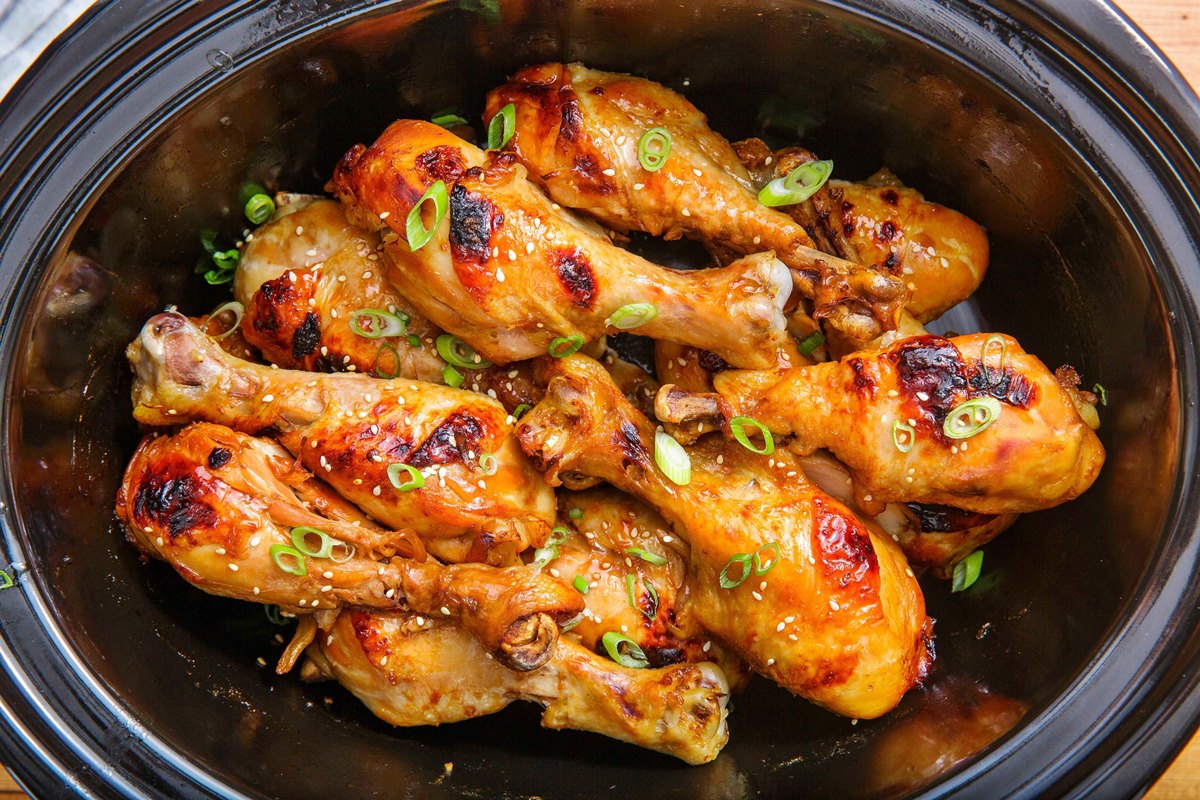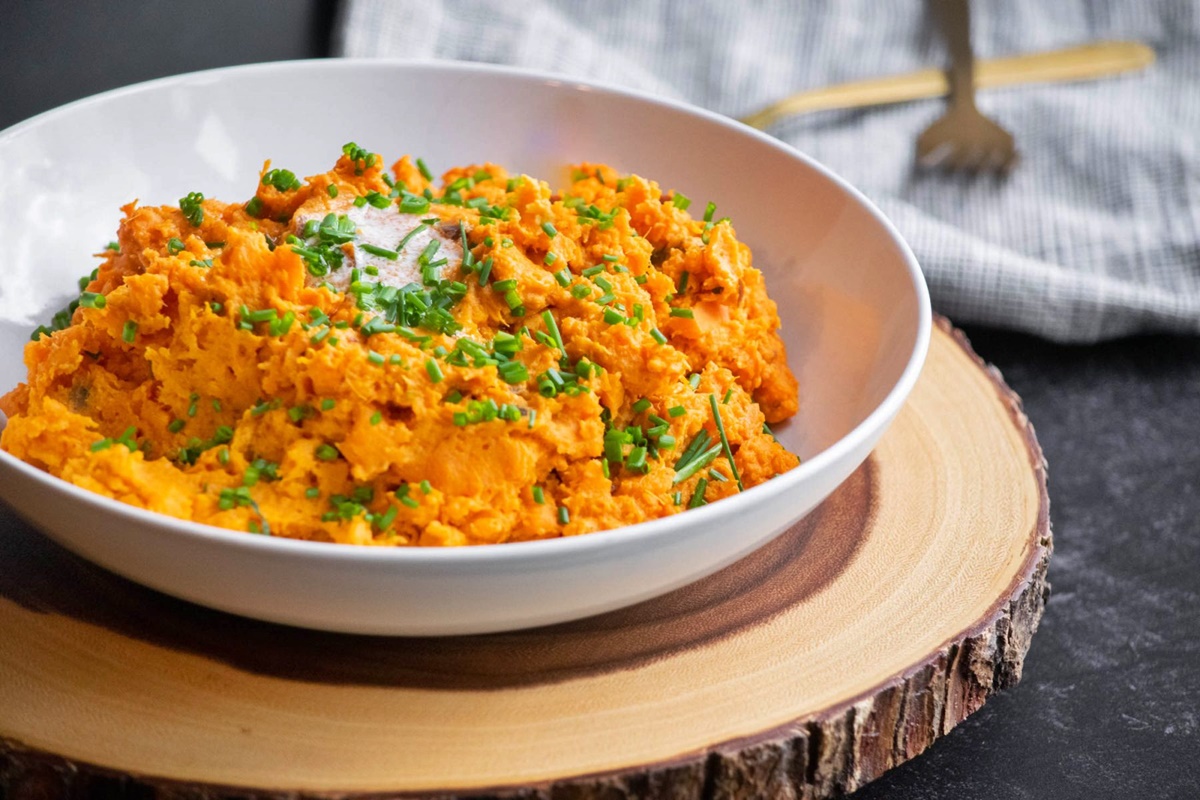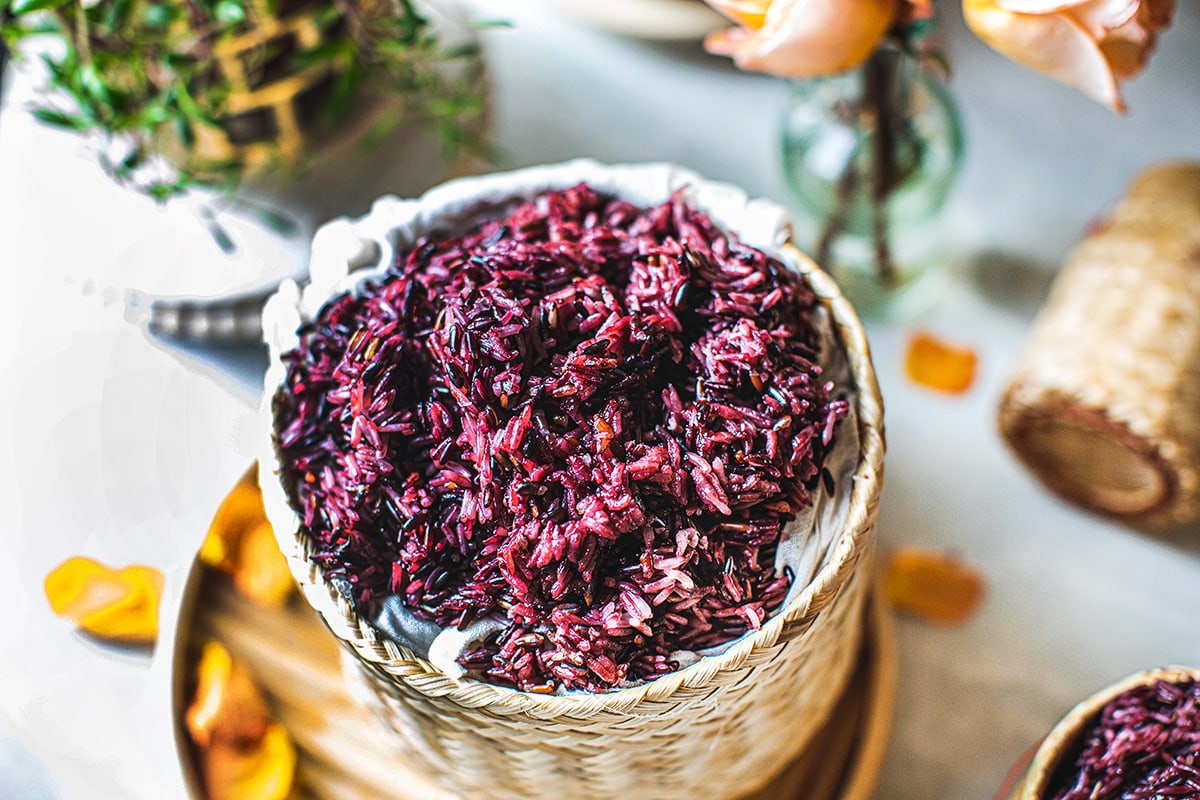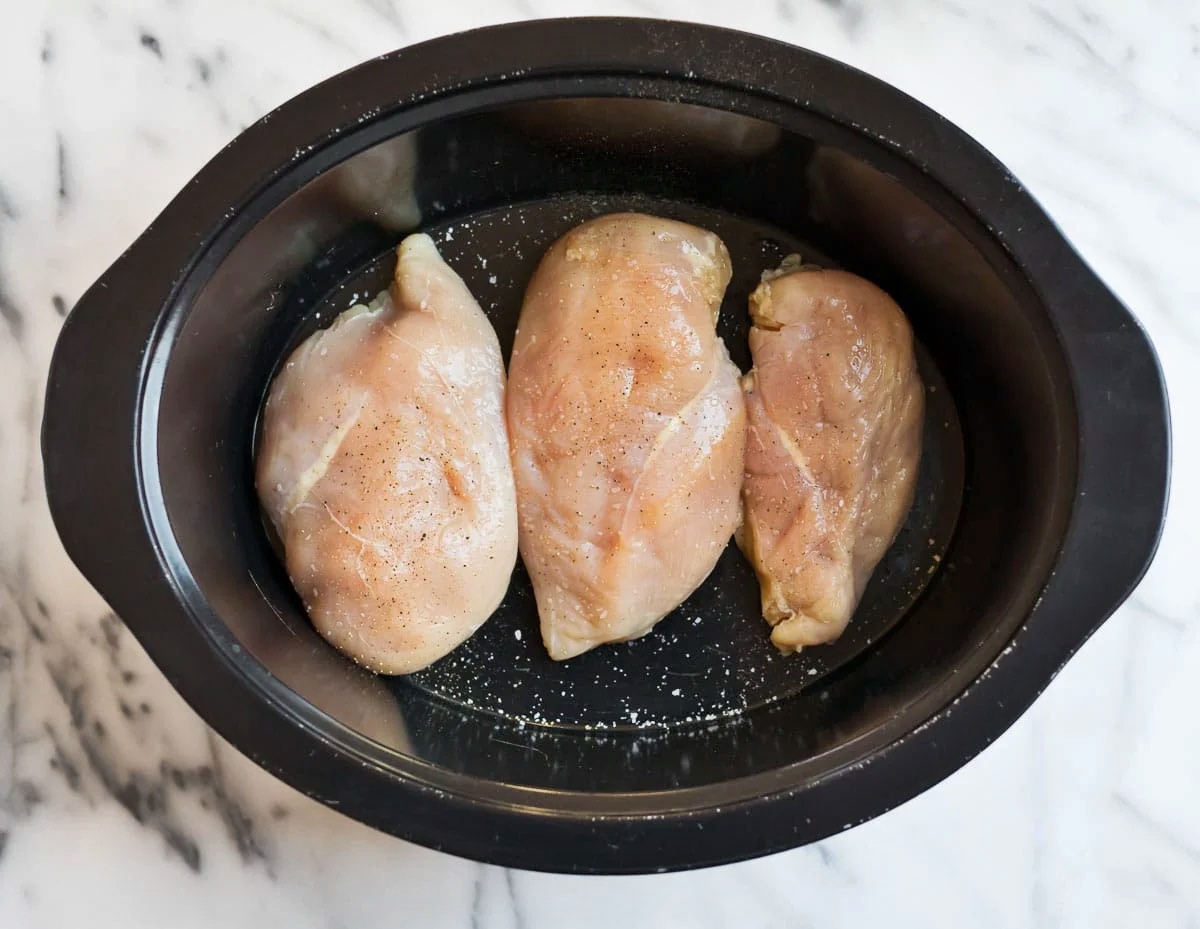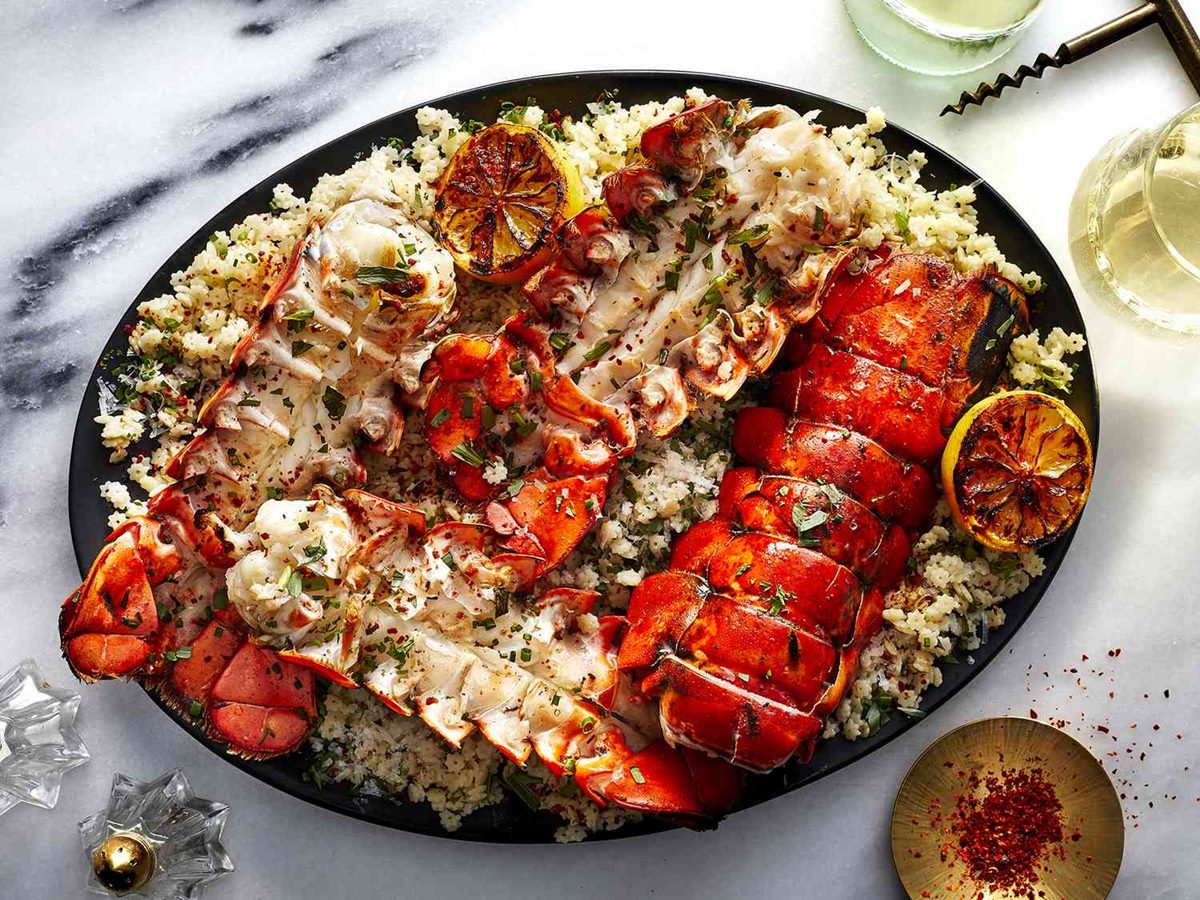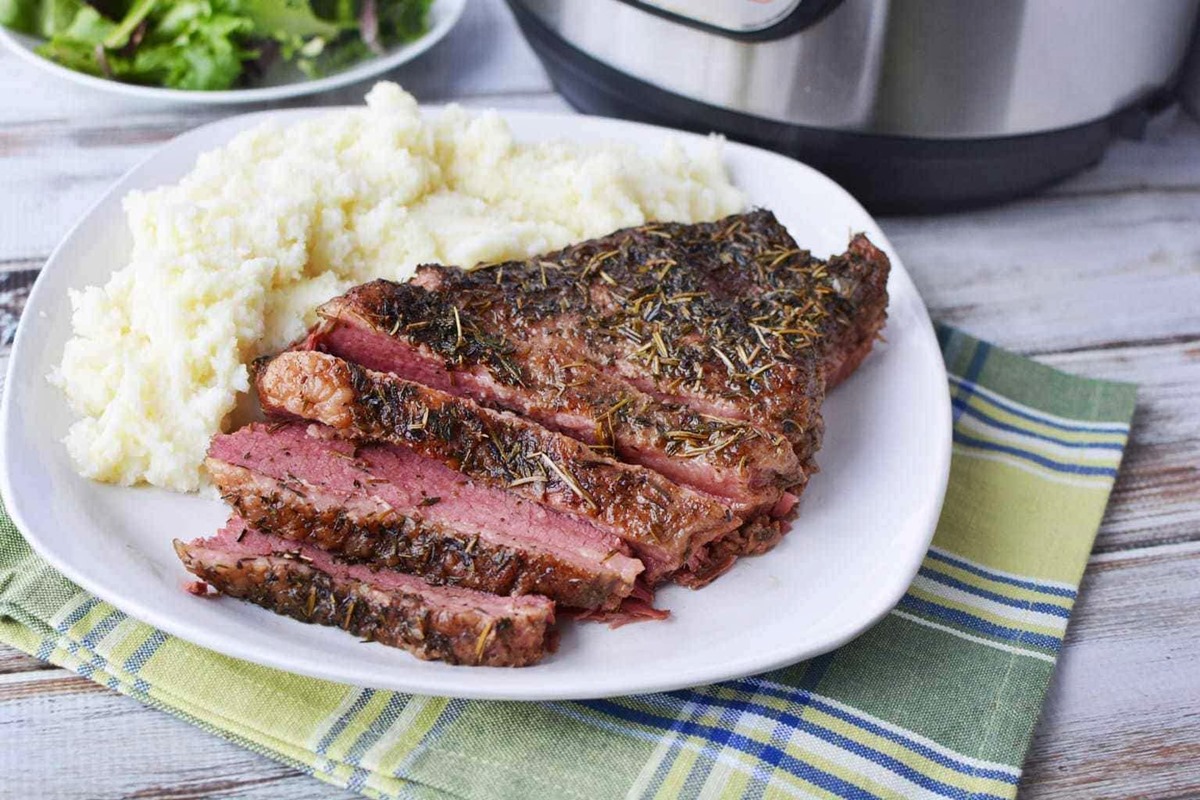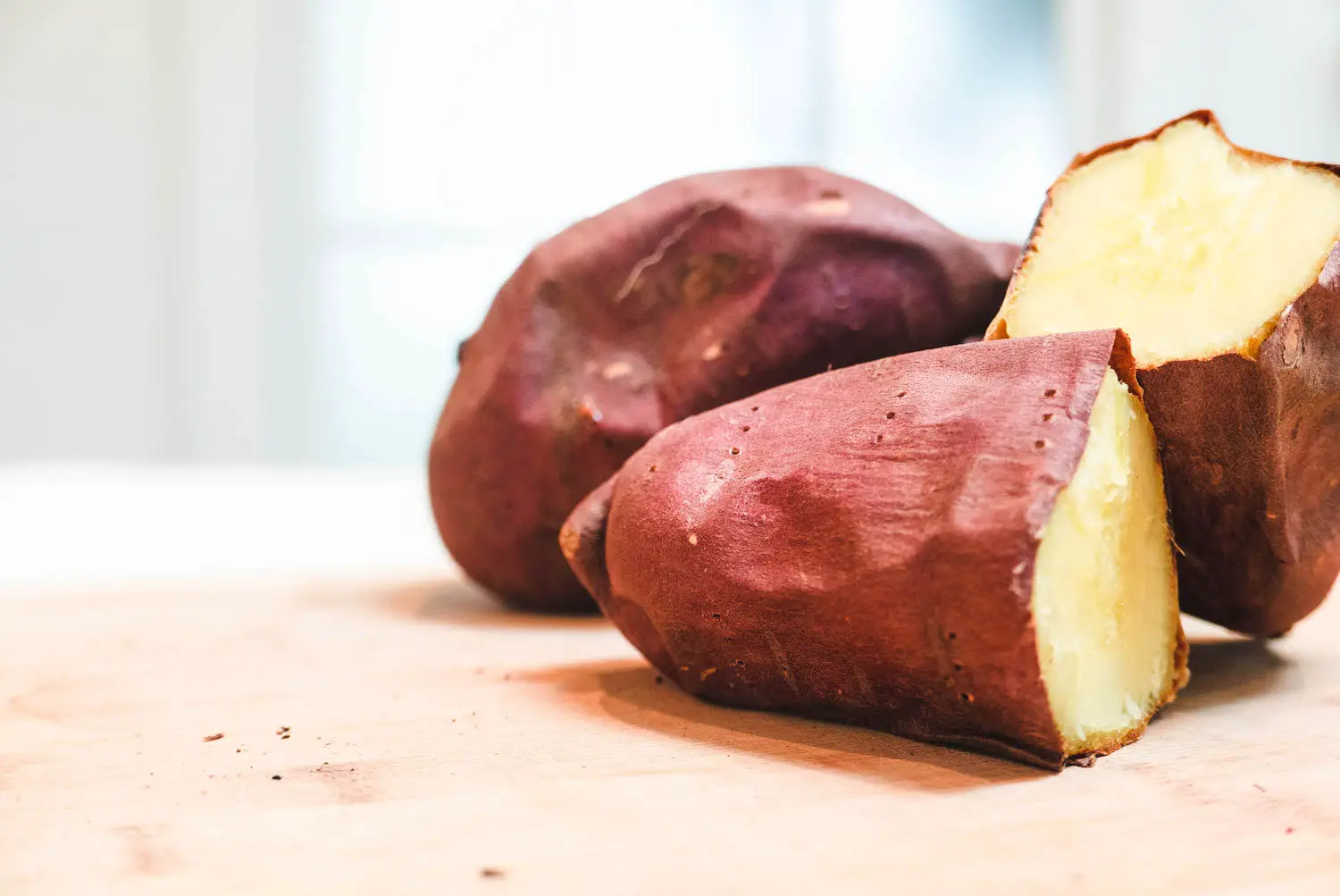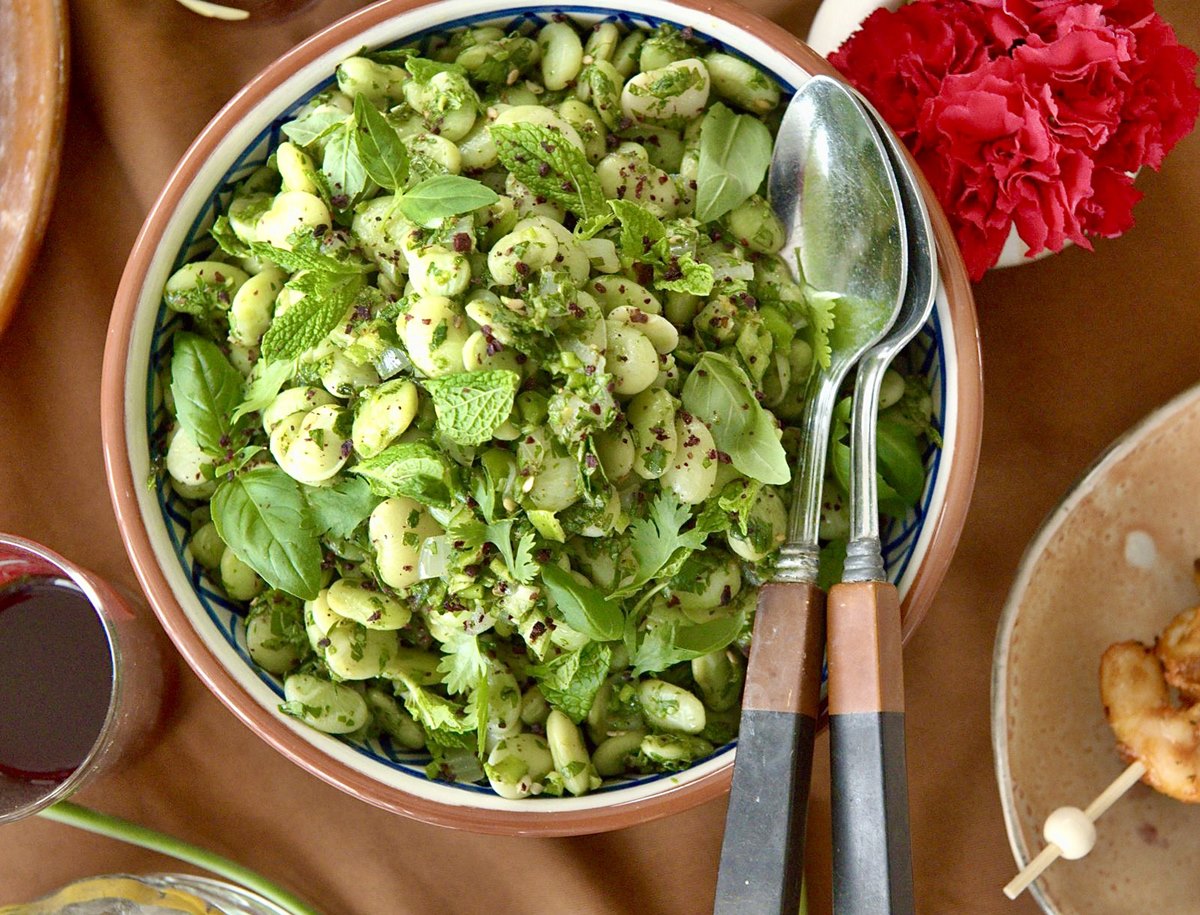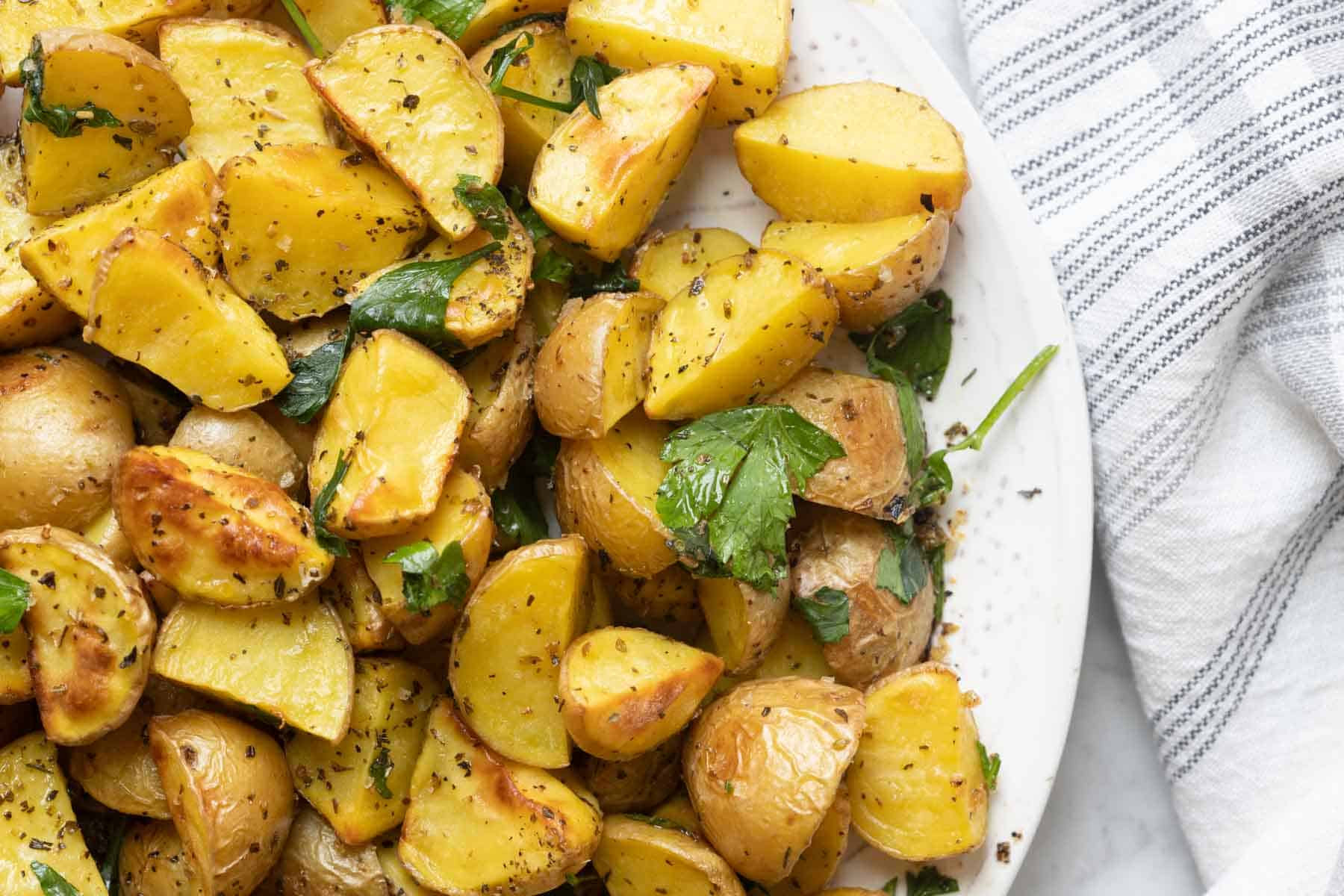Cooking lobster for pasta transforms a simple dish into a luxurious meal, elevating dinner to an event. Whether you're a seasoned chef or new to culinary adventures, mastering lobster preparation will impress any guest. This guide walks you through selecting the perfect lobster, cooking it to tender perfection, and incorporating it into your pasta. With tips on achieving that restaurant-quality flavor at home, you'll learn not just to cook lobster, but to do so in a way that enhances its natural sweetness, complementing your pasta dish. Get ready to turn your kitchen into a gourmet haven, where pasta and lobster unite in delicious harmony.
Gather Your Ingredients
- Fresh lobster (1-2 pounds, depending on serving size)
- Salt (for boiling water)
- Olive oil (2 tablespoons)
- Garlic cloves (3, minced)
- Red pepper flakes (1/2 teaspoon, adjust to taste)
- Cherry tomatoes (1 cup, halved)
- Dry white wine (1/2 cup)
- Heavy cream (1/4 cup)
- Pasta (8 ounces, linguine or spaghetti works well)
- Fresh parsley (chopped, for garnish)
- Parmesan cheese (grated, for serving)
- Lemon wedges (for serving)
Essential Tools for Your Culinary Adventure
- Large pot for boiling lobster
- Pasta pot with strainer
- Chef’s knife for chopping ingredients
- Cutting board
- Tongs for handling lobster
- Skillet or sauté pan for sauce
- Wooden spoon or spatula for stirring
- Measuring cups and spoons
- Lobster cracker and picks (optional, for extracting meat)
- Grater for cheese (if applicable)
Cooking lobster for pasta involves boiling lobsters for about 8-12 minutes, until shells turn bright red. Cool, then extract meat from claws, tail for tender, flavorful addition to your dish.
The Art of Cooking Lobster for Pasta
Cooking lobster for pasta elevates simple dishes to gourmet levels, infusing rich, oceanic flavors into every bite. This process, involving boiling or steaming before combining with pasta, transforms ingredients into a luxurious meal. It's about more than just taste; it's creating memorable dining experiences that delight and impress.
Mastering lobster preparation showcases culinary skills, offering a bridge between everyday cooking and restaurant-quality dishes. It's an art that turns ordinary pasta into a celebration of flavors, textures, and aromas. This technique not only enhances the dish but also brings joy and satisfaction to both cook and diner alike.
Your Step-by-Step Culinary Guide
Step 1: Choose Your Lobster
- Opt for fresh lobsters if accessible. Frozen lobsters can work but might affect the texture.
Step 2: Prepare Lobster for Cooking
- Rinse lobsters under cold water.
- With kitchen shears, cut lengthwise along the middle of the tail to the fin.
- Crack claws with a mallet or back of a heavy knife.
Step 3: Boil Water
- Fill a large pot with enough water to cover lobsters. Add 1 tablespoon of salt per quart of water.
- Bring water to a rolling boil.
Step 4: Cook Lobster
- Gently place lobsters into boiling water headfirst.
- Boil for about 12-15 minutes for 1-pound lobsters. Add 3 minutes per additional pound.
- Lobsters are done when their shells are bright red and their meat is opaque.
Step 5: Remove and Cool
- Use tongs to transfer cooked lobsters to a bowl of ice water. This stops the cooking process.
- Let them cool for a few minutes until they are easy to handle.
Step 6: Extract Meat
- Twist off claws, knuckles, and tails from the body.
- Use kitchen shears to cut open the tail shell and remove the meat.
- Crack open claws and knuckles with a nutcracker or mallet to extract the meat.
Step 7: Cut Lobster Meat
- Chop lobster meat into bite-sized pieces, suitable for mixing into pasta.
Step 8: Prepare Lobster for Pasta
- In a skillet, heat a small amount of olive oil or butter over medium heat.
- Add lobster pieces and sauté lightly, just until warmed through. Avoid overcooking to keep the lobster tender.
Cooking lobster for pasta involves selecting quality lobsters, boiling them until just cooked, cooling quickly to stop the cooking process, extracting the meat, and finally, sautéing the lobster pieces lightly before adding them to your pasta dish. This method ensures your lobster remains succulent and flavorful, enhancing your pasta with its rich, luxurious texture.
Mastering Lobster Pasta
Cooking lobster for pasta isn't just about boiling crustaceans. It's an art that elevates simple ingredients into a gourmet experience. Remember, choosing fresh lobster and preparing it with care makes all the difference. Whether you're sautéing lobster meat with garlic and herbs or incorporating it into a creamy sauce, the key is to balance flavors and textures. Don't forget to cook your pasta al dente and let it mingle with the lobster and sauce for a minute or two before serving. This ensures every bite is infused with the rich, oceanic flavor of the lobster. With practice, you'll find that making lobster pasta at home can be a rewarding and delicious endeavor. So, grab your apron, and let's turn that lobster into a pasta masterpiece that'll impress anyone lucky enough to get a taste.
The guide on cooking lobster for pasta opens up a world of flavorful possibilities. For a rich and indulgent experience, readers can try the Lobster Carbonara or Lobster Mac and Cheese, both of which incorporate the succulent lobster into creamy, comforting dishes. If they prefer something classic and elegant, the Classic Lobster Linguine or Lobster Scampi with Angel Hair Pasta are perfect choices, highlighting the lobster's natural sweetness with simple, fresh ingredients. For those who enjoy a bit of heat, the Spicy Lobster Arrabbiata Pasta offers a fiery kick that pairs beautifully with the tender lobster meat. Finally, for a unique twist, the Lobster and Truffle Oil Spaghetti adds a touch of luxury with its earthy truffle flavor. Each of these recipes showcases the versatility of lobster and allows readers to practice the cooking techniques detailed in the guide.
All Your Questions Answered
How do I choose the best lobster for pasta?
Look for lively lobsters with a vibrant shell. Freshness is key, so if you can, opt for live lobsters from your local seafood market. Size matters too; smaller lobsters tend to be more tender, making them a perfect match for your pasta dish.
What's the ideal way to cook lobster for pasta?
Boiling or steaming are your go-to methods. For a succulent texture, boil lobsters in salted water for about 12-15 minutes, depending on size. Steaming is gentler, preserving the lobster's delicate flavor, perfect for a refined pasta pairing.
Can I use frozen lobster?
Absolutely, frozen lobster can be a convenient option. Thaw it in the fridge overnight before cooking. Remember, pre-cooked lobster just needs to be warmed up, making it a quick addition to your pasta.
How do I extract lobster meat for pasta?
After cooking, let your lobster cool down a bit. Use kitchen shears to cut through the shell. For the claws and knuckles, a lobster cracker or a heavy knife will do the trick. Gently remove the meat, trying to keep it in large pieces for a hearty pasta mix.
What pasta pairs well with lobster?
Fettuccine and linguine are top choices, their wide, flat shapes holding onto the sauce and lobster chunks beautifully. For a lighter option, angel hair pasta lets the lobster shine as the star ingredient.
Any tips for a lobster pasta sauce?
Keep it simple to let the lobster's flavor stand out. A garlic butter sauce, with a splash of white wine and fresh herbs, complements the lobster without overpowering it. For a richer dish, a creamy Alfredo or a tomato-based sauce works wonders.
How can I make my lobster pasta dish stand out?
Fresh herbs and a squeeze of lemon juice right before serving can elevate your dish. Don't forget a final touch of freshly grated Parmesan cheese for a savory depth of flavor.
Was this page helpful?
Read Next: How To Cook Stuffed Cod
